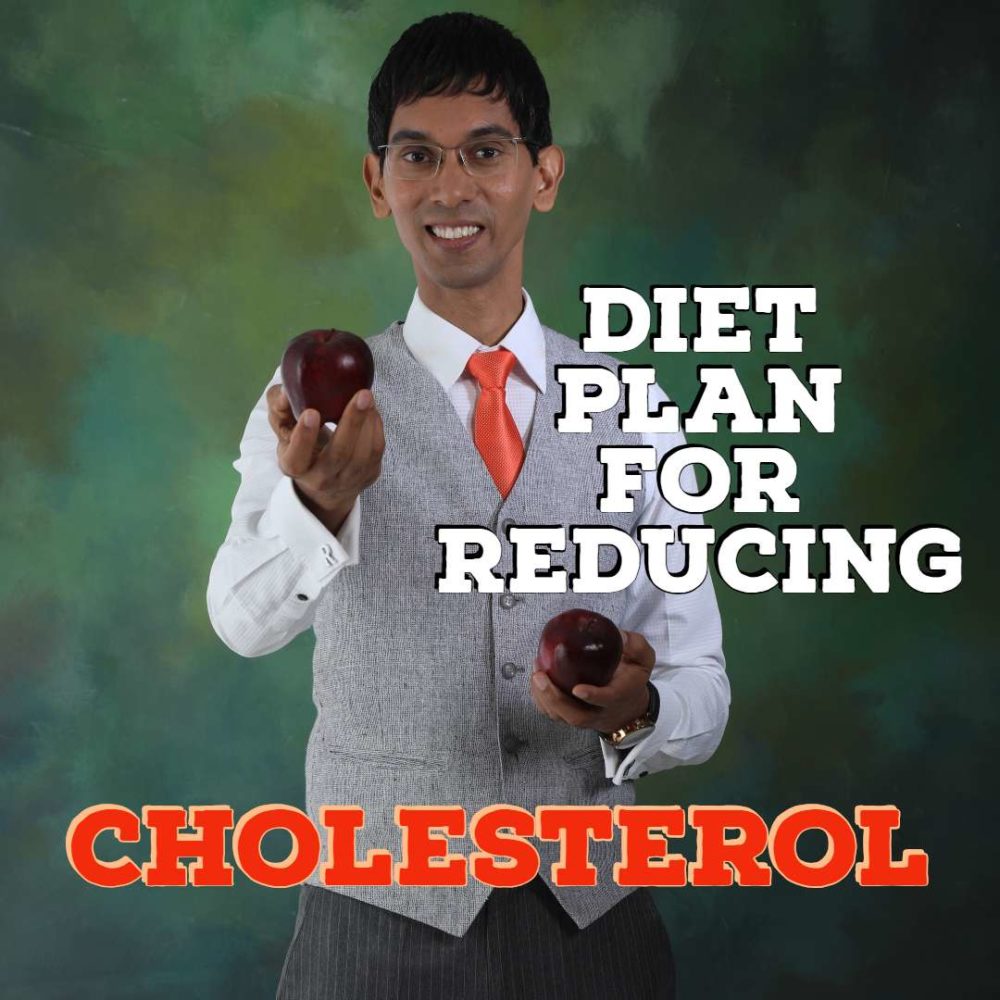The Nutrition Food Label: What to Look for and How to Use It

2024-02-26 08:24:34
The Nutrition Food Label: What to Look for and How to Use It
When you aren’t looking for the healthiest alternatives, grocery shopping is a rather typical procedure. However, scrutinizing food labels and attempting to decipher all of the language, figures, and even false promises may be a daunting process.
Here are some things to look for while reading the label:
#1 Added Sugar
These can be found in the ingredients list as terms like cane crystals, corn syrup, high-fructose, dextrose, and so forth. Even though the package claims “no added sugar,” the product may contain high fructose corn syrup, which is just as unhealthy.
As a basic guideline, avoid meals with a lot of added sugar since, in addition to having a high calorie content, sugar has a negative impact on our health, contributing to disease and ageing.
#2 Refined Whole/Multigrain
The majority of the nutrients in grains is found in the germ and bran. The terms “refined” &”enriched” indicate that the germ and bran have been removed, rendering the product less nutritious.
While the term “multigrain” may seem healthful, it simply refers to bread produced from a variety of grains, some of which may or may not have been refined. In conclusion: Whole grain is the best option.
#3 Sodium
Sodium is found naturally in many meals and is also added to a variety of food items. Because the body utilises sodium to regulate blood pressure and volume, an excess of sodium can raise blood pressure.
The daily maximum is 2300 mg, however intake should be kept to less than 1500 mg per day.
#4 Carbs
Carbohydrates, like fats, have a negative connotation. Dietary fibre is beneficial to your health. It relieves constipation , aids digestion, keeps you satiated for longer periods of time, and lowers the risk of heart disease.
Look for 2-5 g of fibre per serving in your diet.
#5 Calorie
Don’t be terrified by this figure! Limiting your calorie consumption to around 2000 calories per day is a smart idea, but not at the expense of nutrients. Simply ensure that the calories are accompanied by a sufficient supply of nutrients.
As a result, limit your intake of saturated fats, processed carbs and sweets. As a general rule, keep the below numbers in mind while reading the food labels:
– A caloric intake of 40 calories is considered low
– A caloric intake of 100 calories is considered moderate.
– A caloric intake of 400 calories or more is excessive.

#6 Fats
There are “good” fats and “bad” fats, therefore fats aren’t necessarily harmful.
While saturated fats aren’t always harmful, meals with more unsaturated fats are preferable. Omega 3 fats, for example, are a type of unsaturated fat that has a variety of health advantages.
Put the product back on the shelf if it’s mostly trans fat. These substances raise the levels of “bad” cholesterol in your blood.
If a product says “0 percent trans fat,” don’t get too comfortable. Because of a loophole, producers can write so even if the product contains less than 0.5g of trans fats per serving. Depending on just how much you intake, this amount adds up.
So, how do you go about it? In the ingredients list, look for the terms “partially hydrogenated oil”, “hydrogenated oil,” or “shortening.”
#7 Protein
Based on your activity levels, it is advice to consume 0.8gm-2gm of protein per kg of the body weight. For example a 60kg athlete based on the activity levels should consume 90gm-120gm of protein via 4-6 meals throughout the day.
#8 Serving Size
The serving sizes shown on the label are for a single serving, not the entire product. Keep an eye out for the portion size, and if you consume more than that, add it up!
#9 Nutrients like iron, vitamins and others
The Daily Value % indicates how much of a nutrient’s daily requirement is fulfilled when one serving of the food is consumed. So, if a food has 7% iron, that food contributes 7% of your daily iron requirement. This is beneficial because you can then track how much of that vitamin or mineral you need to take throughout the day.
General Guidelines
There are broad rules for determining if a food is low/high in sugar, salt, fat, or saturated fat. These are the following:
| High (g per 100g food) | Low (g per 100g food) | |
|---|---|---|
| Sugar | 22.5 | 5 |
| Total fat | 17.5 | 3 |
| Salt | 1.5 | 0.3 |
| Saturated fat | 5 | 1.5 |
Clients might benefit from the assistance of a nutritionist who is familiar with the requirements towards healthy eating choices.
To speak to an expert nutritionist reach out to us at +91-9743430000 or write to us at www.quanutrition.com.
Ryan Fernando is an Award-winning celebrity Sports Nutritionist with 2GUINNESS world record and 2 Olympic medals under his belt. His client list include Olympic wrestler Sushil Kumar, cricketer Shikhar Dhawan & bollywood superstars Aamir Khan & Abhishek Bachchan. He is Chief Nutritionist at QUA Nutrition Signature Clinics.




